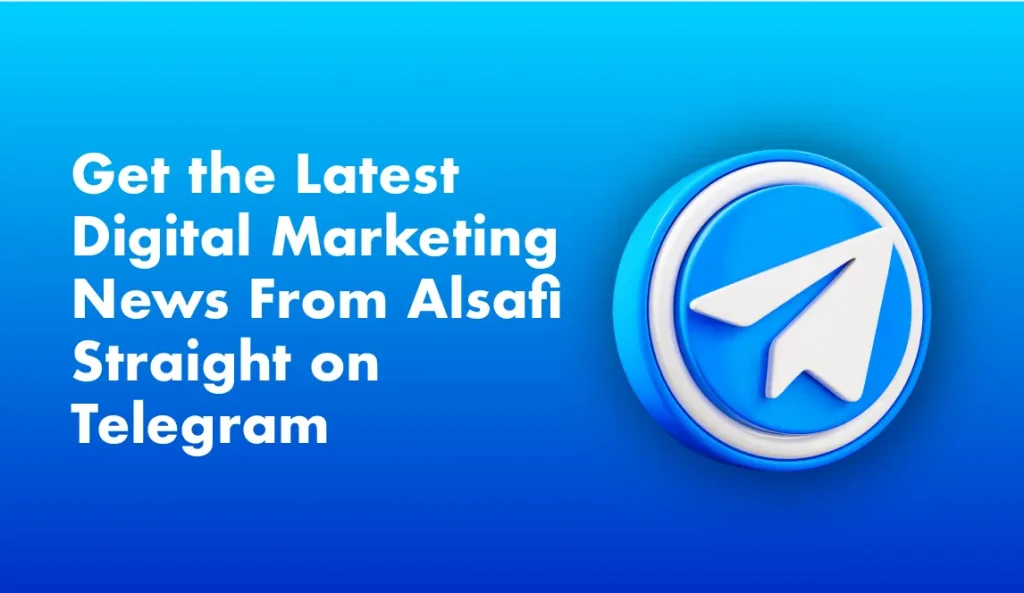As AI transforms content creation, YouTube’s AI tools have been introduced to detect and address the rise of deepfakes. Deepfakes—AI-generated content that can manipulate voices, faces, and actions to mimic real people—pose significant risks to online integrity. What started as an entertainment trend is quickly becoming a concern, especially for brands and marketers who rely on public trust and authenticity in their content.
What are Deepfakes?
Deepfakes use sophisticated AI algorithms to create hyper-realistic videos or audio that portray individuals doing or saying things they never actually did. While the technology has playful uses, such as creating memes or fictional scenarios, it also has more dangerous implications. Deepfakes can damage reputations, spread misinformation, and break the trust that brands work hard to build. When consumers can’t distinguish between authentic and AI-generated content, the entire online ecosystem risks losing credibility. This makes it crucial for platforms like YouTube to implement YouTube AI tools to detect and prevent the harmful effects of deepfakes.
YouTube’s Response: Detecting AI-Generated Voices and Videos
To address these challenges, YouTube has added new detection technology to its Content ID system to identify AI-generated singing voices. This tool protects artists by detecting unauthorized use of their voice or likeness. Misusing someone’s voice violates intellectual property, and YouTube warns creators that AI voice replication without consent can lead to penalties, from content takedowns to legal action. YouTube’s AI tools help creators and artists maintain control over their intellectual property and prevent unauthorized use.
YouTube’s second line of defense focuses on visuals. The platform now deploys YouTube AI tools that scan videos to identify deepfakes using someone’s likeness without permission. This technology is part of a broader effort to combat misinformation and prevent the misuse of public and private figures’ identities. YouTube’s updated privacy policies also assess how realistically AI-generated content portrays individuals and whether the manipulation is disclosed to viewers. These measures help ensure that viewers can trust the content they see, reinforcing the platform’s commitment to transparency and integrity.
For more tips and a deeper understanding, check out our YouTube Launches AI-Powered Comment Replies for Creator Engagement for additional insights.
How Does This Affect Marketers?
For marketers, this new detection technology highlights the need for ethical AI usage. While the temptation to use AI-generated celebrity endorsements or voices may be strong, YouTube’s new policies act as a deterrent. AI should enhance creativity, not replace it. Brands must ensure they have legal rights to use any likeness or voice in their campaigns. Violations could lead to reputational damage, demonetization, or even legal battles. The introduction of YouTube AI tools emphasizes the importance of responsible AI practices to protect both creators and brands.
Moreover, authenticity is becoming an increasingly valuable commodity in the digital space. As consumers grow skeptical of content, brands that emphasize transparency and ethical AI use will stand out. YouTube’s tools push marketers to move away from AI manipulation and focus on genuine, creative, and human-centered marketing.



